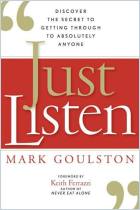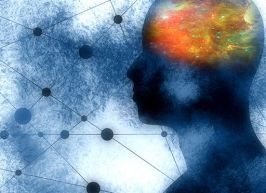Join getAbstract to access the summary!

Join getAbstract to access the summary!
Michael McQueen
Mindstuck
Mastering the Art of Changing Minds
Amplify, 2023
What's inside?
Learn why people get “stuck” in their thinking, and how to inspire them to change — even the most stubborn.
Recommendation
Changing minds isn’t easy — even when it’s your own. According to change strategist Michael McQueen, that’s because every human possesses two minds — the “Inquiring Mind ” and the “Instinctive Mind.” The latter one is less rational and tends to run the show. Drawing on insights from a variety of disciplines, McQueen unpacks core factors that shape people’s beliefs. He offers practical tools you can use to sharpen your powers of persuasion, and help “mindstuck” colleagues, friends, and family members embrace new points of view and push back against the modern trend of hyper-polarization.
Summary
About the Author
Michael McQueen is a change strategist, an award-winning speaker and the author of 10 books, including The New Rules of Engagement, Winning the Battle for Relevance, and How to Prepare for What’s Next.



















Comment on this summary